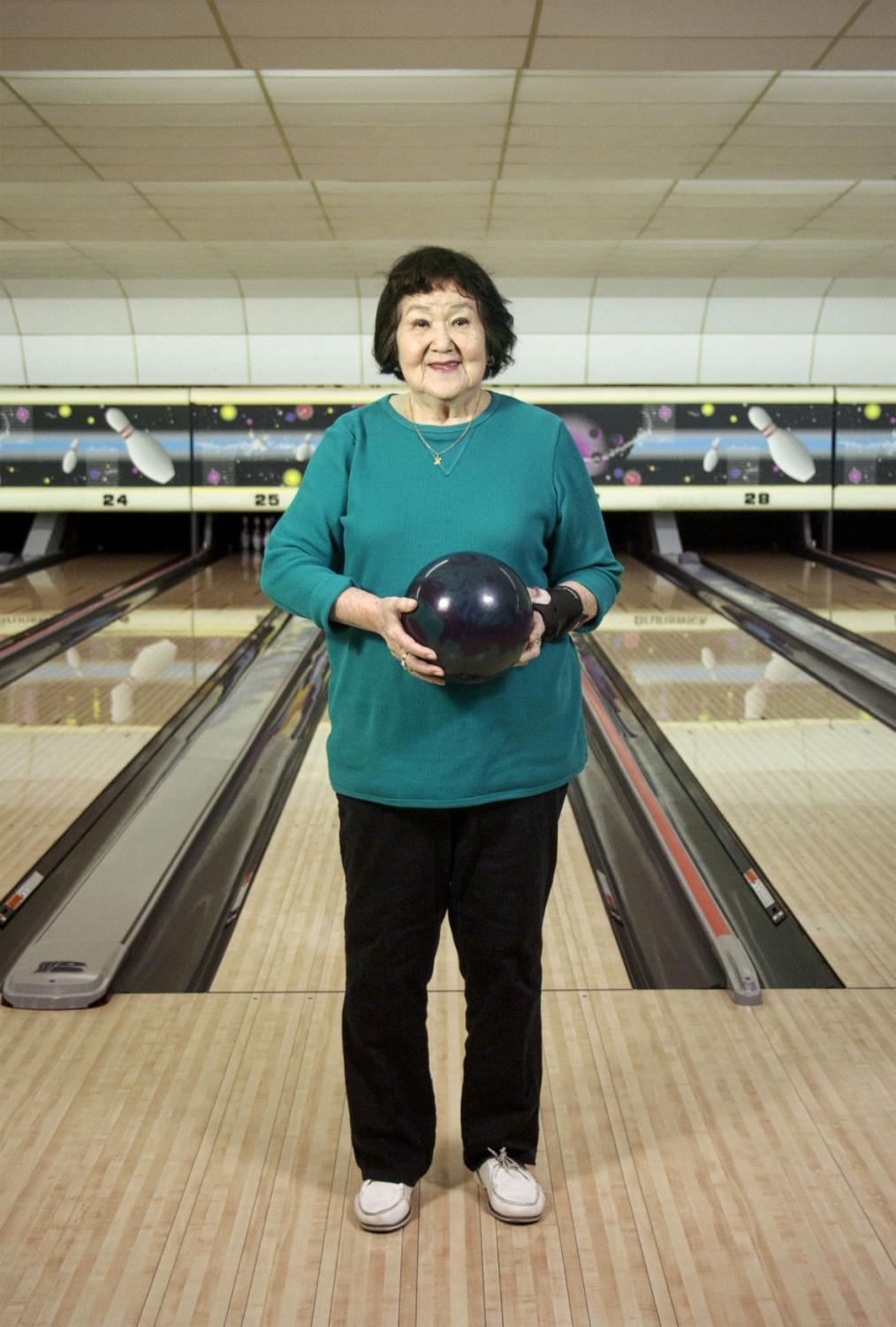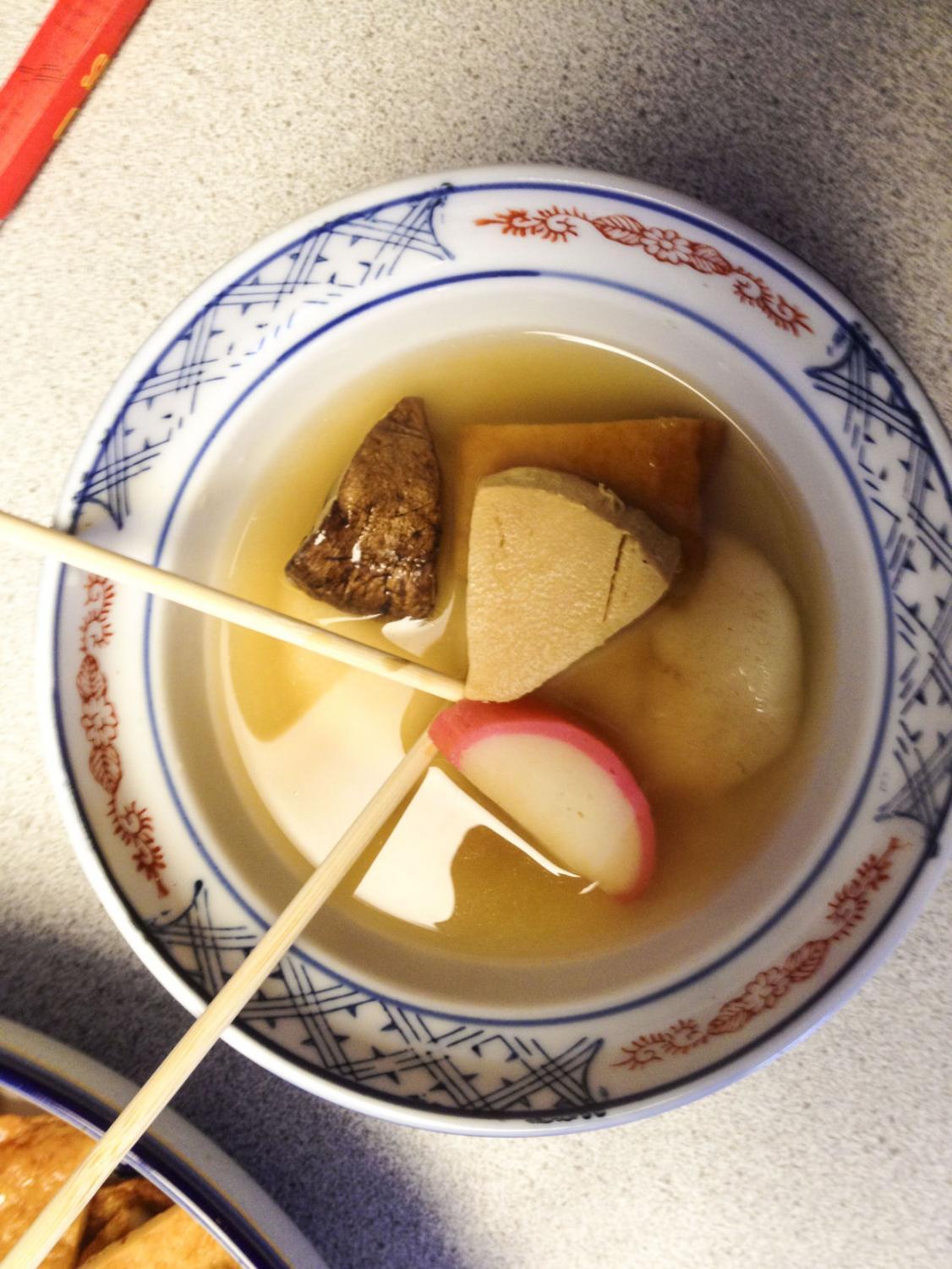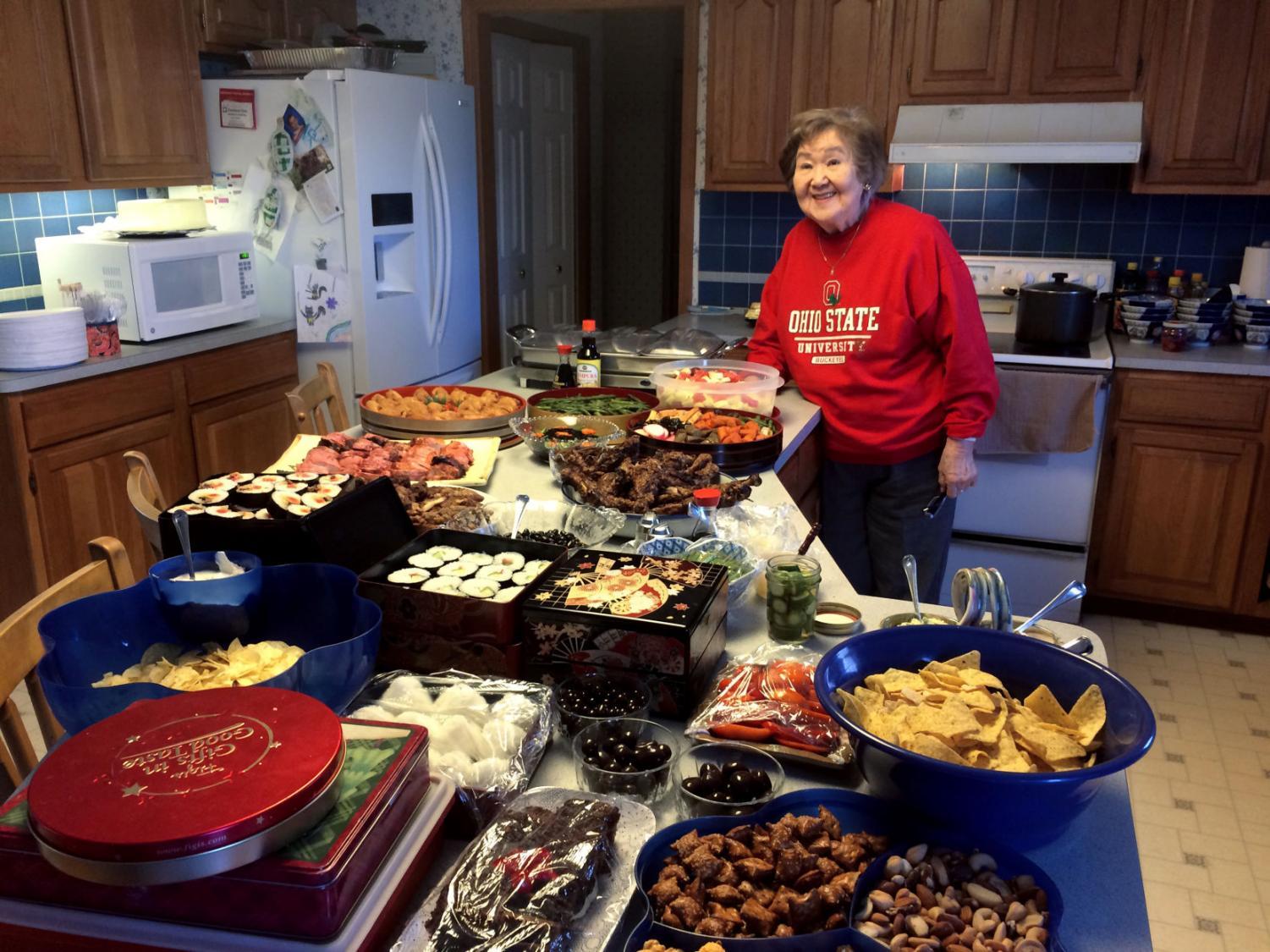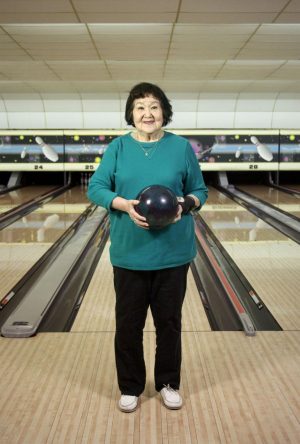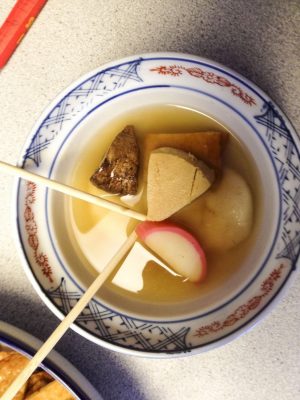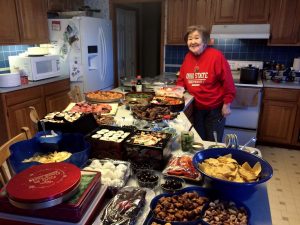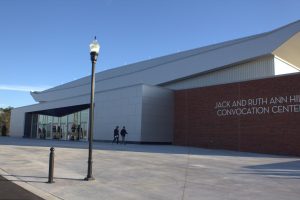From World War II until now: The inside scoop on “Good Luck Soup”
August 22, 2017
It was a film seven decades in the making. The film “Good Luck Soup” has been shown at festivals including the the Cleveland International Film Festival and CAAM Fest.
“Good Luck Soup” was nationally broadcast on PBS World Channel’s America Reframed in May. It also had many smaller broadcasts across eight states around that time.
The movie’s concept started with one man, Matthew Hashiguchi. He wanted to tell two stories with his documentary.
He wanted to understand and show how his family made sense of their multiracial and multicultural identities.
He also wanted to recount how his grandmother, Eva Hashiguchi, rebuilt her life after being imprisoned in America’s World War II internment camps for being Japanese.
Eva Hashiguchi was one of the 120,000 Japanese-Americans forced from their homes and placed in the camps in 1942 following the attack on Pearl Harbor.
She was in the internment camps for almost three years before being released. After moving around a bit, she settled down in Cleveland, Ohio in 1946.
The motivations behind the movie
Matthew Hashiguchi had many questions when he started working on the “Good Luck Soup” project.
“For me, it was a personal quest to understand my family’s experience and how my experience [as a Japanese-American] compared to theirs,” Hashiguchi said.
He also wanted to tell a narrative about Japanese-Americans beyond the many stories that have already been told about the people’s experiences in the internment camps. He thought that there was a narrative hole in terms of post-internment camp stories being told.
“What struggles did people continue to face after they left the camps in the years and decades following?,” Hashiguchi said. “Where did these 120,000 people go to and what did they make of themselves, if anything?”
He thought that these questions, combined with his age when he started making the film, had the most to do with getting the project started.
“I think that a certain amount of maturity is needed to tell stories, and I was at a point where I was mature enough to understand these issues and I was able to understand myself more and understand my family,” Hashiguchi added.
The inspiration for the documentary’s name, “Good Luck Soup” came from a family tradition that Hashiguchi really appreciated.
Good luck soup is a Japanese dish served with things like mochi (Japanese rice cakes), vegetables and seafood. It is eaten on New Year’s Day to ensure good fortune.
“I wanted to name it something that addressed tradition and heritage. Good luck soup was something that we continued to eat every New Year’s Day, and something that we’ll probably always try to celebrate and preserve,” Hashiguchi said.
What names can convey
That struggle of fitting in and finding a place to belong was something that Hashiguchi learned from a young age.
He grew up in the 1990s as a half-Japanese, half-Italian boy in a white neighborhood filled with Irish Catholics and Italian-Americans.
He made many of his Cleveland friends in that neighborhood. However, that did not mean that living there was always easy.
“When you have a last name that is not Irish or European-sounding, and it’s a name they never heard before, you know, you stick out,” Hashiguchi said. “People let me know that I didn’t fit in and that my family didn’t fit in.”
He elaborated that that was something most people in his family, like his grandmother and siblings, also experienced.
“My cousins, on the other hand… their last name isn’t Japanese. It’s Czech, so people didn’t perceive them as being Asian-American,” he added.
Looking on the bright side
Part of the movie explores how the Japanese-Americans who were put in the internment camps emotionally and mentally dealt with their predicaments.
Eva Hashiguchi said that she tried to get through her years in the camps using humor. She did her best to avoid being bitter after her release, a seemingly difficult task for anyone given the circumstances.
“She [his grandmother] kind of has the ability to go through life with blinders on and ignore any outside factors that have impacted her life,” Hashiguchi said.
He explained that that is largely who his grandmother is in terms of her character, and he has not found someone else like that.
“She just seems to have that natural ability to take the bad and funnel it through some sort of positive grinder and out comes something good,” he added.
Matthew Hashiguchi expressed that he has tried to adopt that mindset when he faces struggles of his own.
Does assimilation matter?
The movie also touched on assimilation, which, simply put, is when a smaller culture or cultures begin to look like the bigger culture. Hashiguchi believes it is natural for that to happen when many cultures intermingle.
“I think there are both positives and negatives to it…we all as Americans, I think it’s important that we not necessarily assimilate, but celebrate what being American is…I think you have to forget the past a bit to improve the future,” Hashiguchi said.
He maintains that it is important for one to preserve their heritage and past, as well as contemplate how they will fit into a larger culture and community.
“Yeah, I’m going to lose my Japanese heritage and my Italian heritage…but as long as I can preserve the character and the approach toward life that my mother and father and grandparents stress, that’s what more important than cultural and ethnic heritage,” he added.
Finishing touches on the film
Hashiguchi filmed his documentary a while before it ever saw television screens, from 2012 to 2014. Even though his focus was on the film, he came up with the idea in 2014 to create a multimedia website with related content.
The website would use text, music, audio and photographs to tell other people’s stories following their or their relatives’ release from the Japanese-American internment camps.
“When I was going through editing, I was coming across a lot of stories that wouldn’t fit in the film,” Hashiguchi said. “I wanted to create a space where these stories could exist and that further tells the [main] story.”
Since an endeavor like that can be costly, he ran a Kickstarter campaign during May 2014
to get the $15,000 he needed to accomplish the project.
The campaign was a success, and Hashiguchi was able to hire a team of people to help his multimedia website idea come to life.
While his website idea was now tangible, he still needed a way to prepare his documentary for broadcast television. He received a grant for $25,000 in early 2016 to help him do that.
“That [the grant] immediately went to post-production, so things like paying editors, paying musicians, lawyers, buying insurance,” Hashiguchi said.
The funds also helped him refine the story, the angles, the edits and the audio. Specifically, he had to shorten the movie from 72 minutes to 56 minutes in order to fit broadcast air time.
The film’s impact on him
Hashiguchi has learned several things through the process of creating “Good Luck Soup”. He commented that, as a person, the experience has allowed him to see many sides or perspectives of an argument.
“I think that’s helped me navigate through life because I try not to take sides…that’s something we can all learn from, especially with the political and social climate of today where people are choosing one side and completely dismissing the other side,” Hashiguchi said.
This film was also the first time Hashiguchi included himself and his family in any work he has done.
“It’s opened my mind to how much I include myself in any documentary or film that I make,” he said.
Additionally, making the film has helped him teach his film students better. The experience allowed him to understand a student’s personal experiences and why they may make certain choices.
“Why does this student want to go into cinematography or storytelling? What is it about their experiences that have pushed them to want to do this?,” Hashiguchi said.
He also had some advice for students interested in doing projects similar in scope to “Good Luck Soup”.
“Tell the story in whatever medium it needs to be told in, [but] don’t use a media form just to use it,” he said.
He pointed out that completing projects like his take initiative, rather than waiting around.
Hashiguchi said, “Don’t wait for someone to tell you to go. Just start telling it and dive in.”
Photos courtesy of Matthew Hashiguchi.


